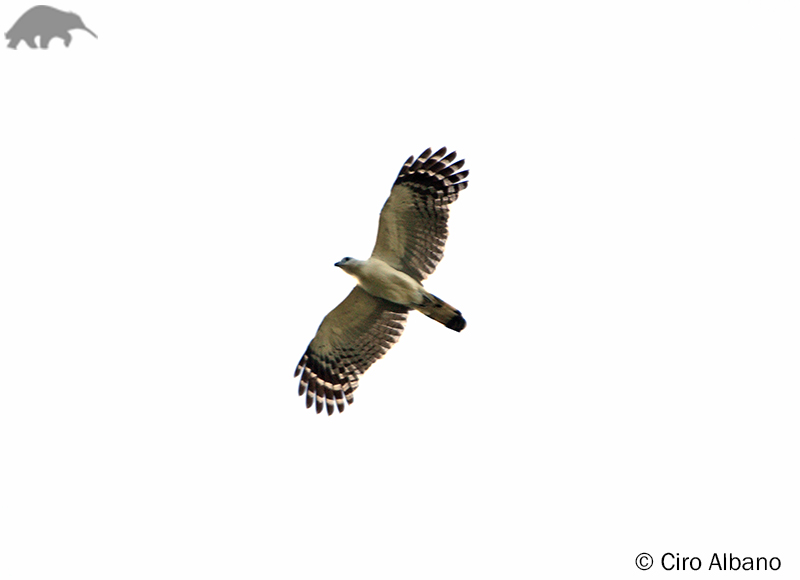About
Endemic to Brazil this beautiful, large kite is one of the world’s most endangered raptors.
It was first described from a single specimen obtained in 1880 in Pernambuco State, in the north-east of the country. For over half a century it was considered a variant of its close relative the Grey-headed kite, Leptodoncayanensis. However, recent studies have confirmed its taxonomic status as a distinct species. The current population is assumed to be tiny, based on the limited area of remaining suitable habitat. Deforestation is without doubt the primary cause in the decline of this species. Huge swathes of the Atlantic forest in Brazil have been logged for timber and cleared for cultivation. Sugar-cane plantations have replaced virtually all the lower-altitude forest in Alagoas and Pernambuco states. The remaining forest in higher parts, although not under threat from such industrial activities, is affected by other pressures such as selective logging, firewood removal, small-scale cultivation (e.g. of bananas) and hunting. Today, only one per cent of the original forest within this species range remains and this is severely fragmented.
- Order: Accipitriformes
- Family: Accipitridae
- Population: 70-400
- Trend: decreasing
- Size: 50 cm
- Weight: 550-580g
EDGE Score
Distribution
Endemic to Brazil, recorded in the Paraiba, Pernambuco, Alagoas and Sergipe states in the north-east of the country.
Habitat and Ecology
They inhabit humid, tropical, lowland evergreen forest at a maximum elevation of 600m above sea level. They are also found in coastal mangroves adjacent to forests.

